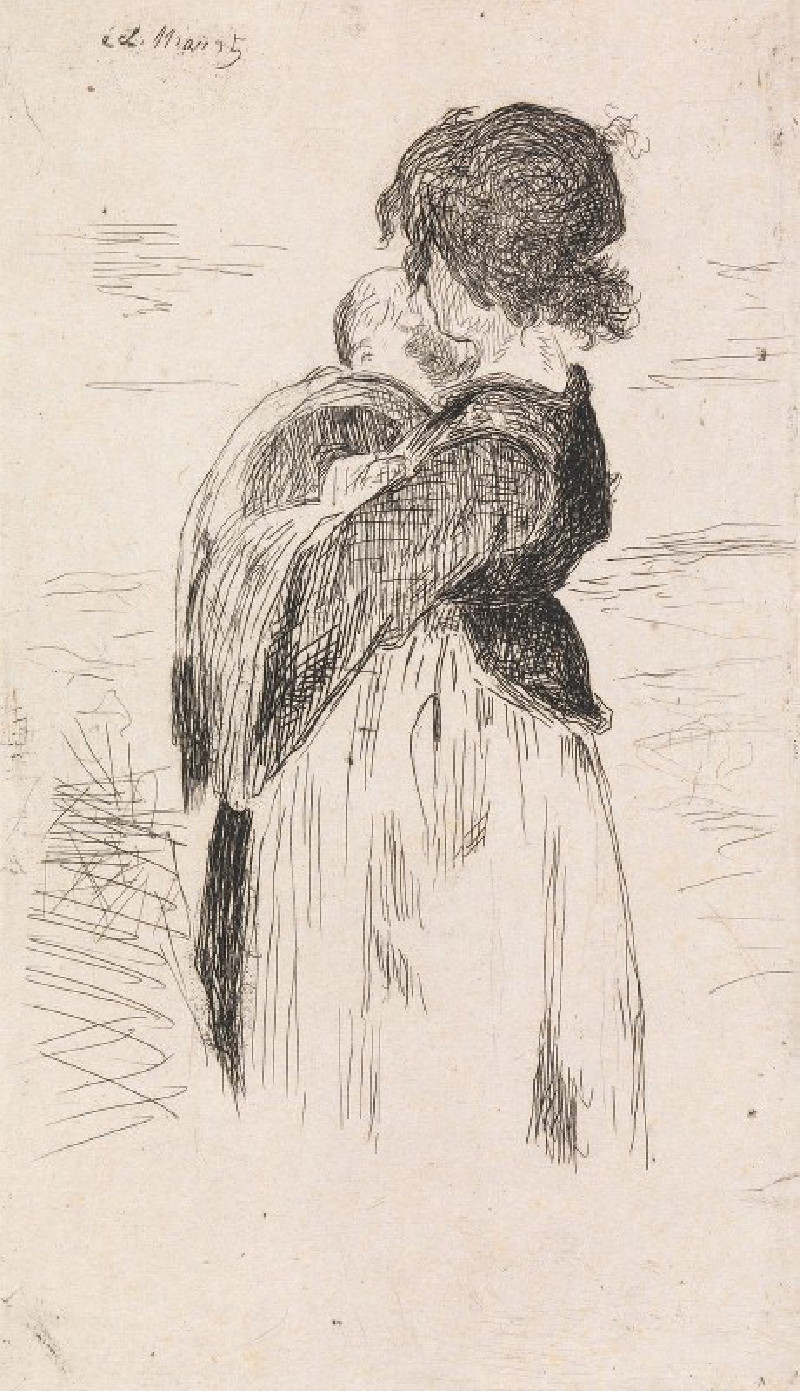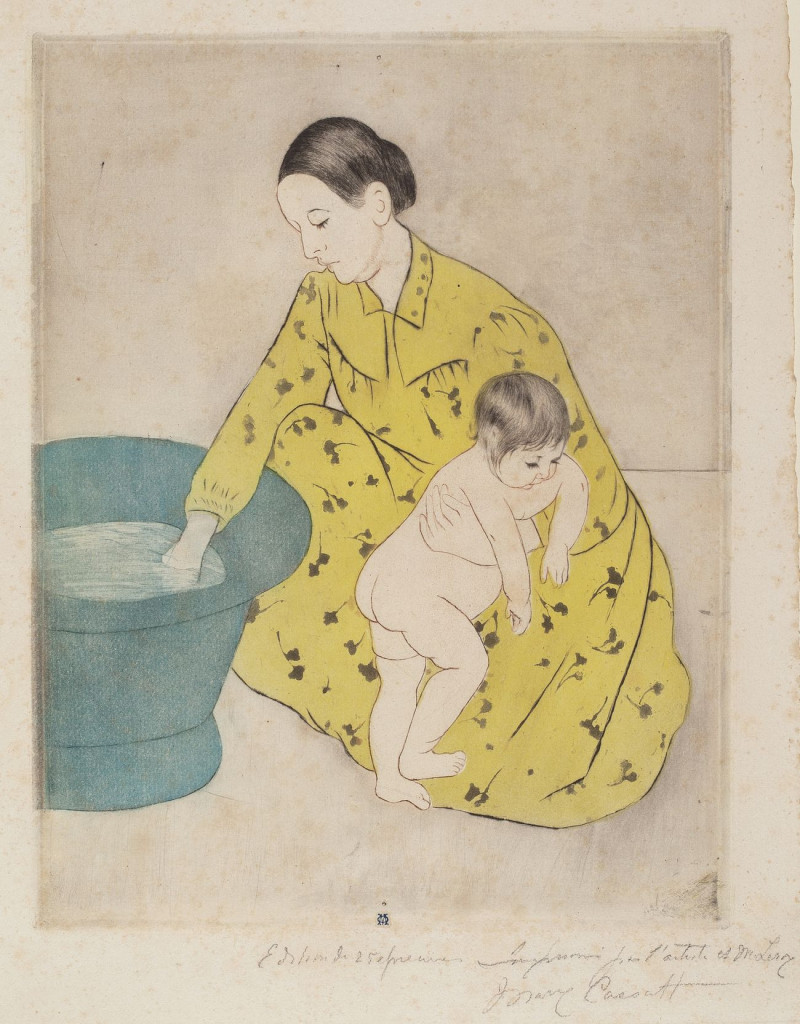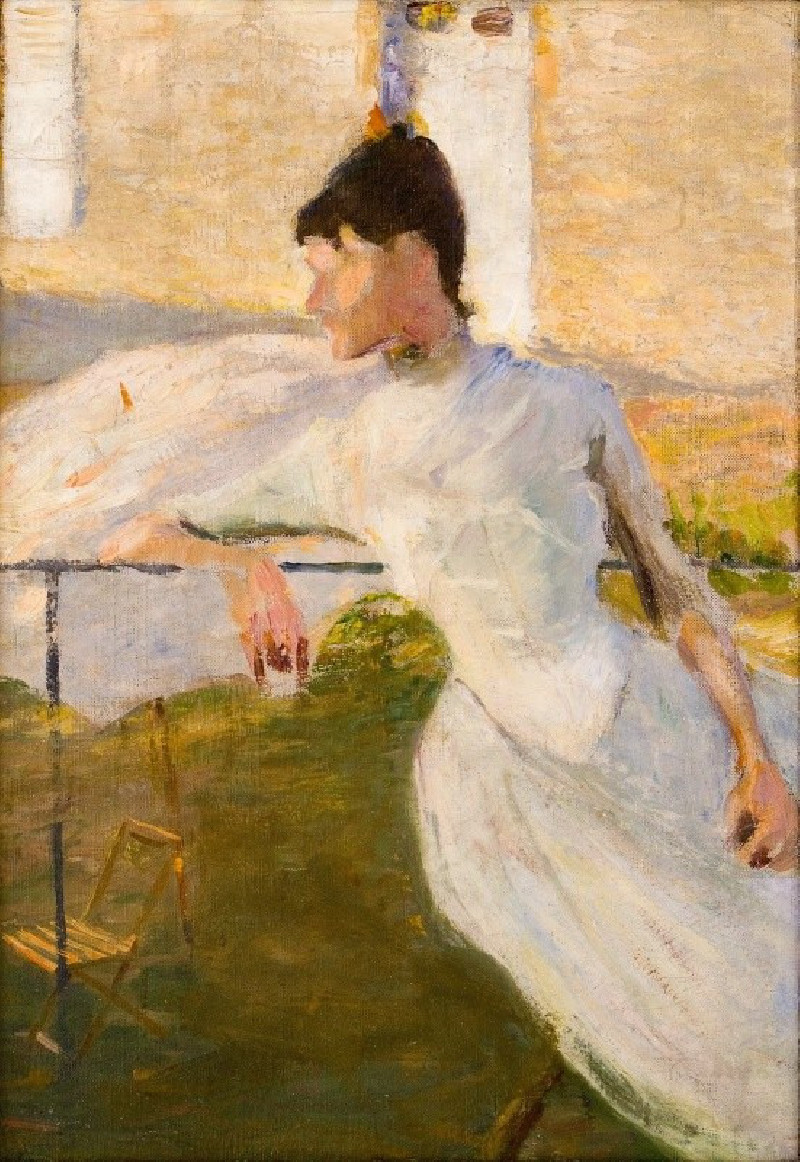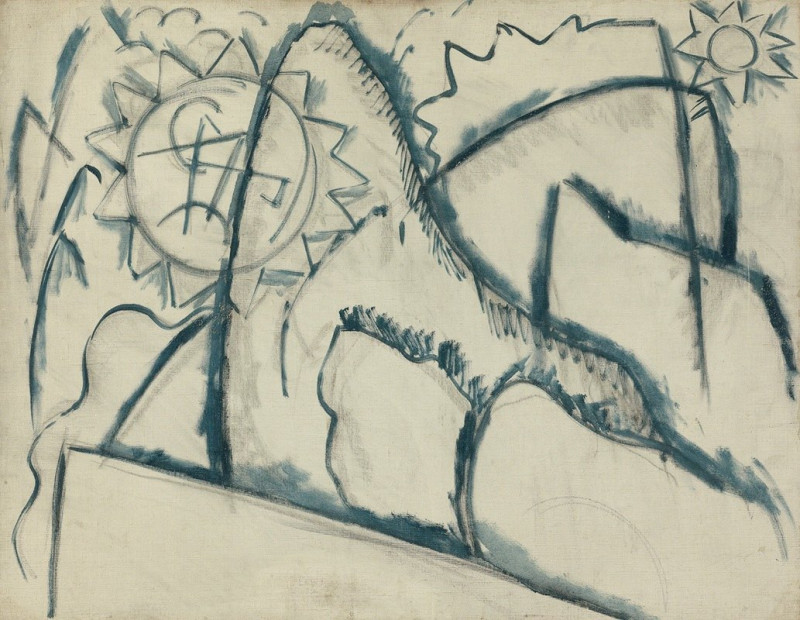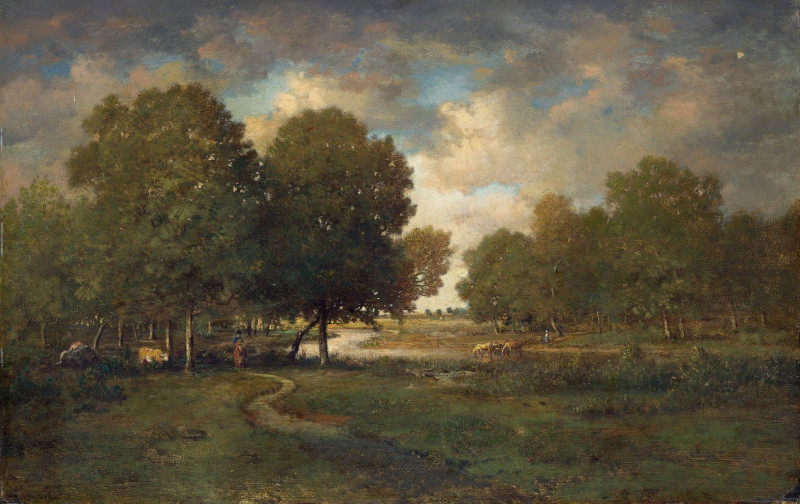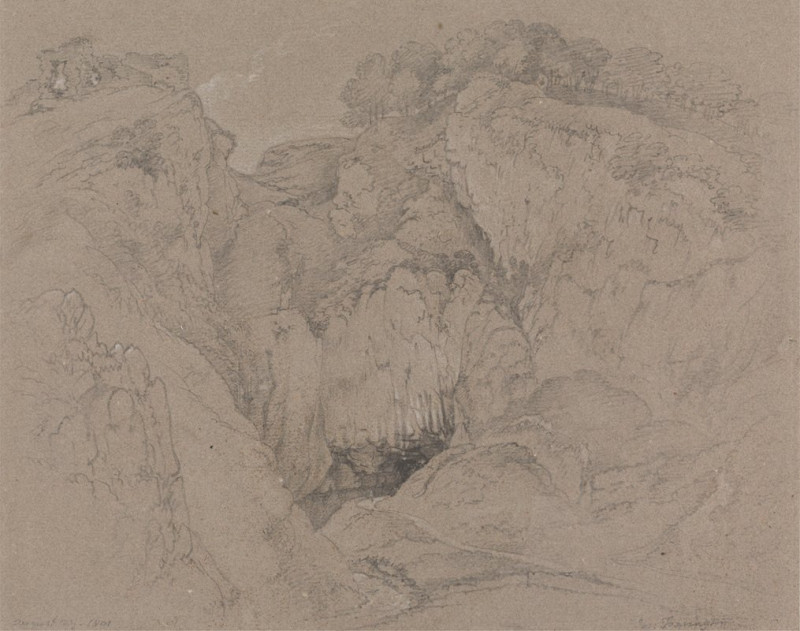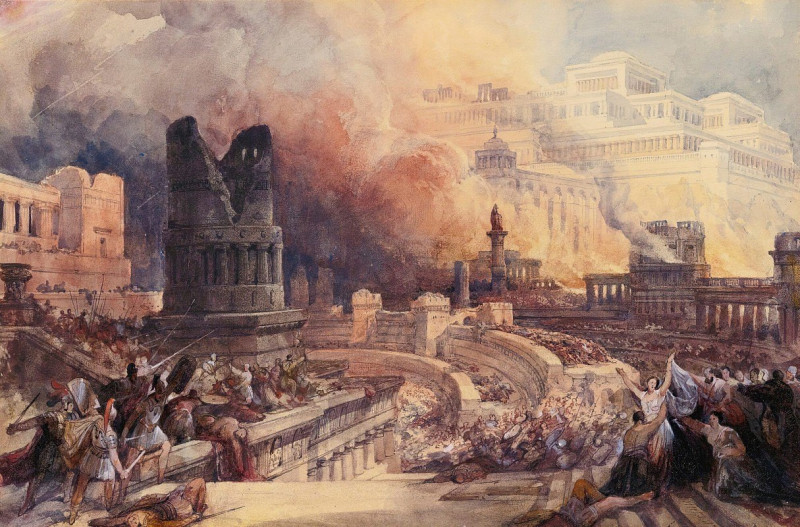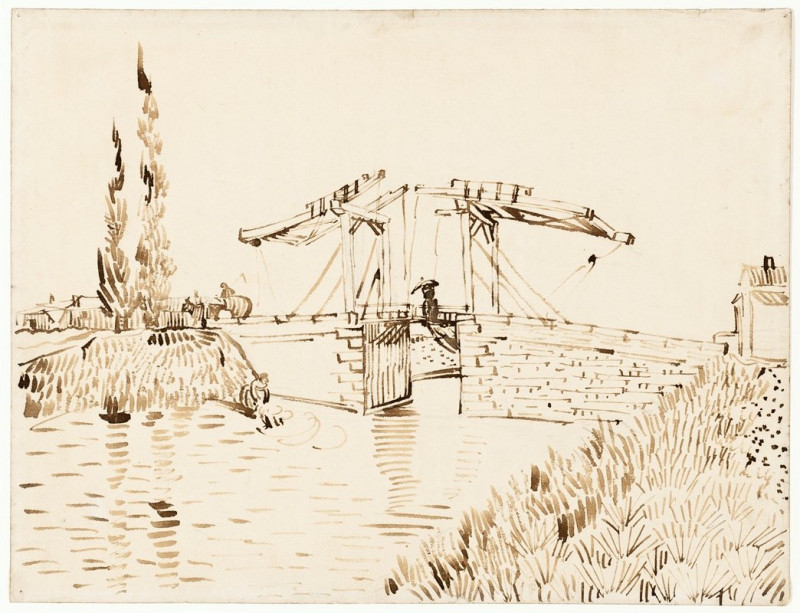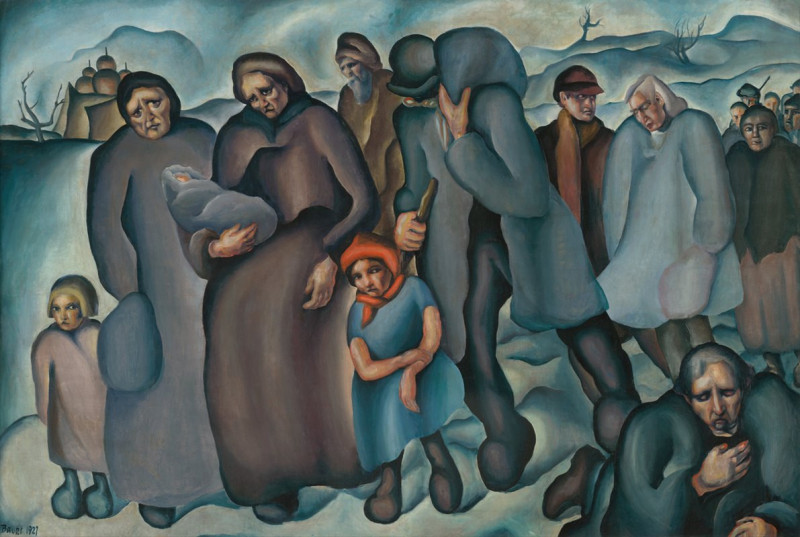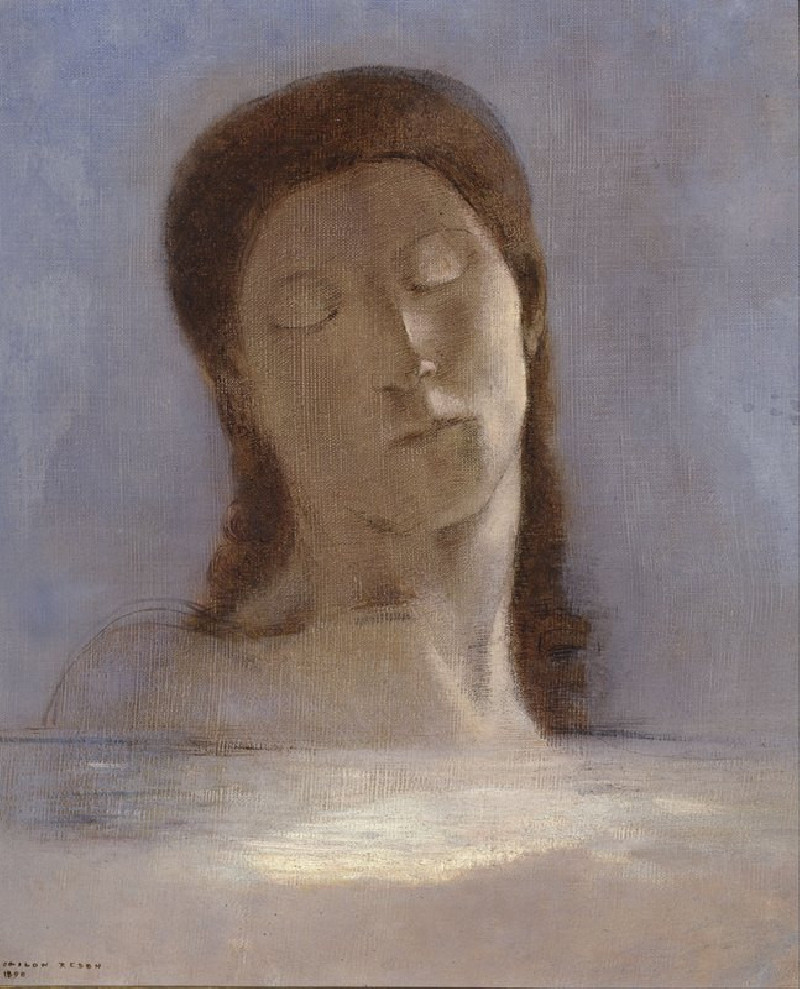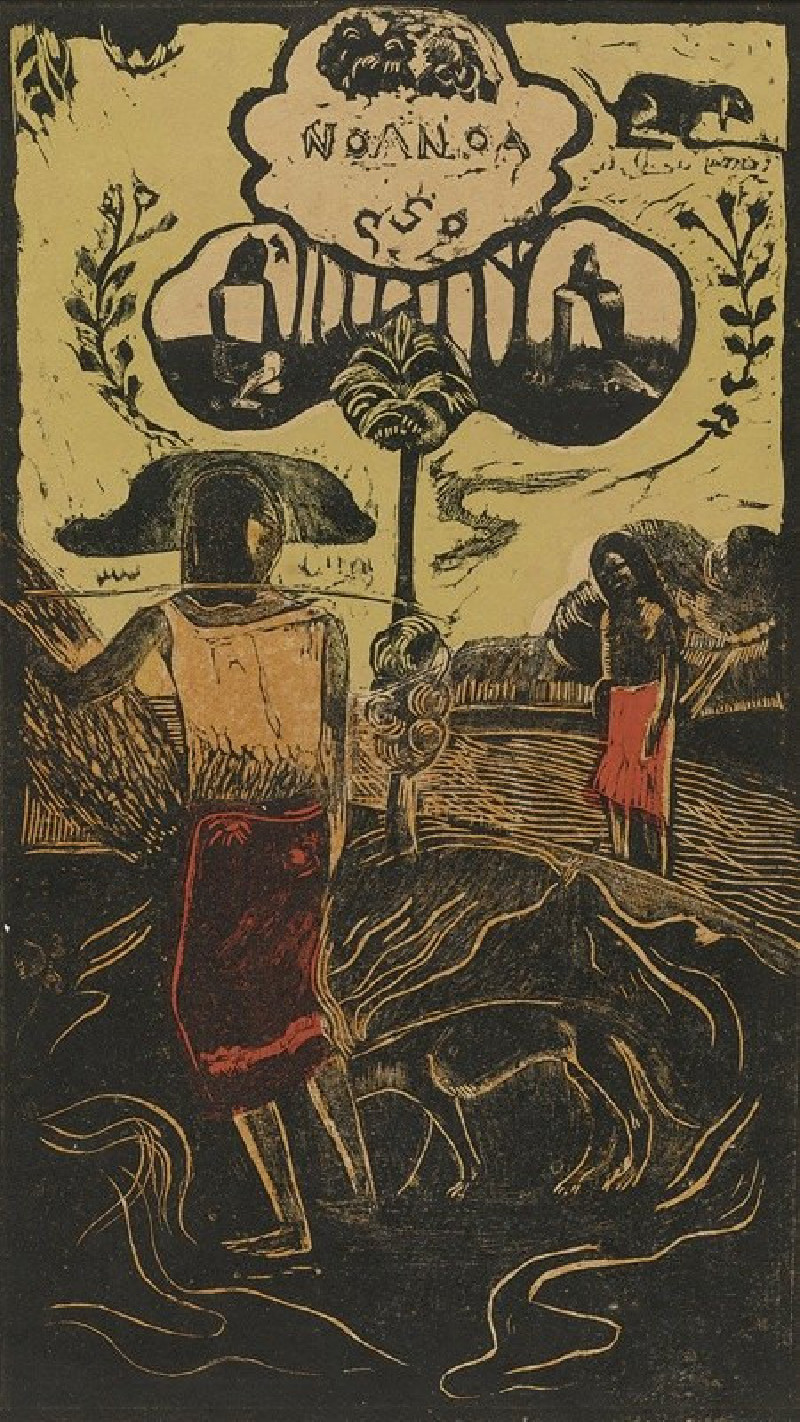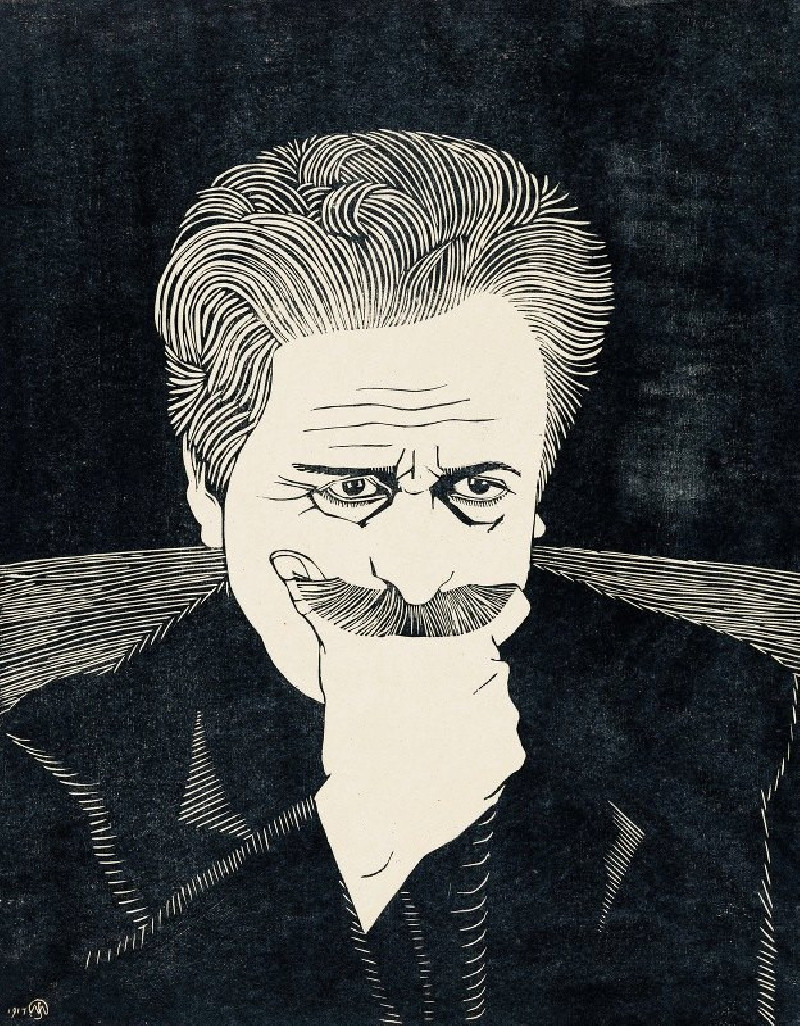The Little Girl (1860 – 1861)
Technique: Giclée quality print
Recommended by our customers
More about this artwork
** Discover the tender expression of familial affection in Edouard Manet's evocative etching, "The Little Girl." Created during a period when the artist was deeply engaged with the nuances of everyday life and intimate moments, this artwork showcases Manet's distinctive prowess in capturing human emotion and subtle narrative through the medium of printmaking.In this piece, we are privy to a poignant scene featuring a woman, viewed from behind, as she tenderly holds a small child in her arms. There is a gentle embrace that speaks volumes about the connection between the two. With the child's head resting against the woman's shoulder, a universal moment of maternal comfort and protection is beautifully conveyed.The artwork is rendered in a sketch-like style, utilizing brisk, expressive lines that suggest movement and emotion rather than meticulously detailing physical features. This technique enhances the ephemeral, fleeting nature of the moment being captured, inviting viewers to reflect on their own personal experiences of care and affection.Manet's "The Little Girl" stands out as more than just a portrait; it is a depiction of love and closeness that transcends the specificities of time and place, resonating with viewers across generations. It encapsulates a moment of pure human connection, a snapshot of daily life imbued with universal feelings that are deeply relatable and profoundly moving.
Delivery
Returns
Édouard Manet (1832–1883) was a French modernist painter and one of the first 19th century artists to paint modern life. His impressionist style is characterized by relatively small and thin brushstrokes that create emphasis on light depiction. Manet was one of the key artists in the transition from realism to impressionism, along with Claude Monet, Edgar Degas, and Pierre-Auguste Renoir. However, he resisted involvement in any one specific style of painting, and only presented his work to the Salon of Paris instead of impressionist exhibitions. His early masterworks, The Luncheon on the Grass and Olympia, created great controversy and served as a rallying point for other young painters.

